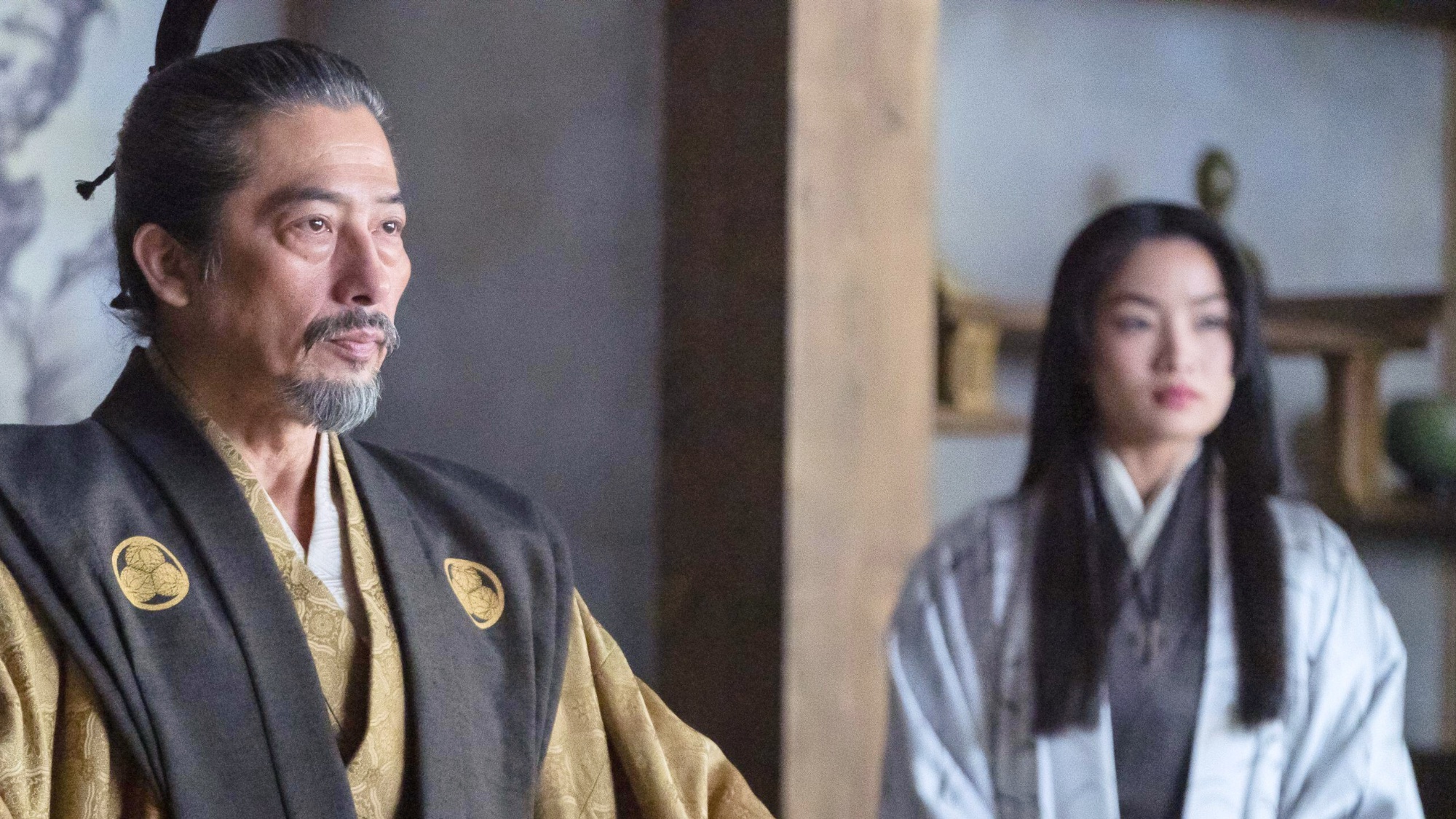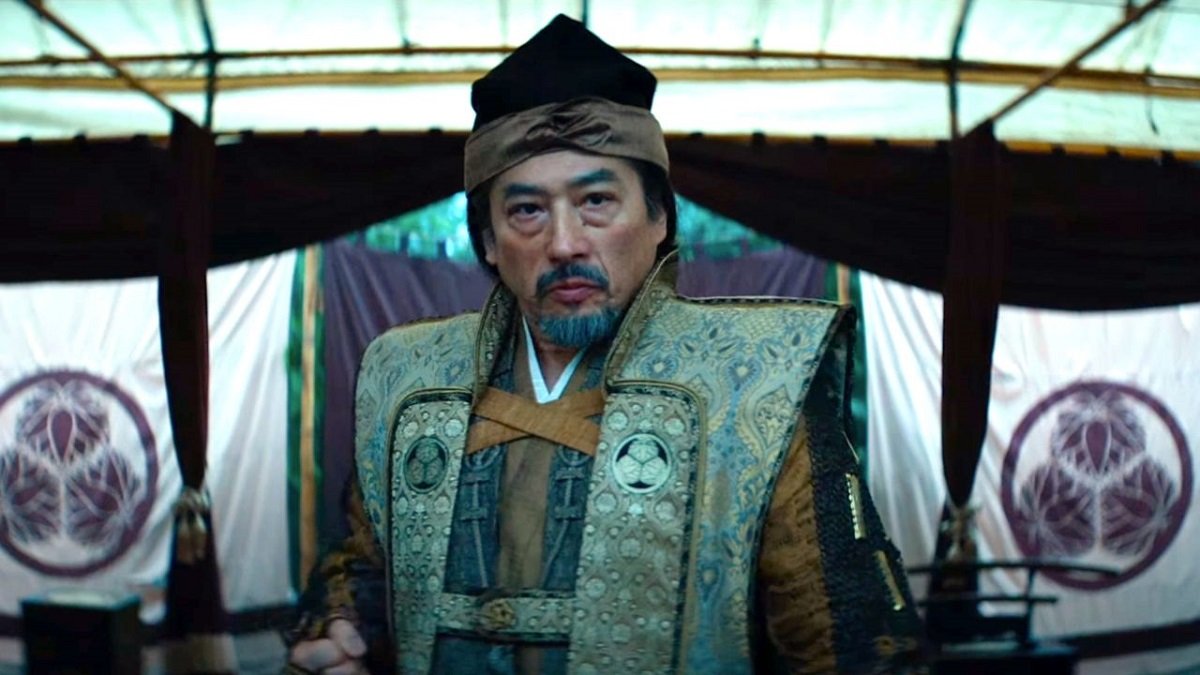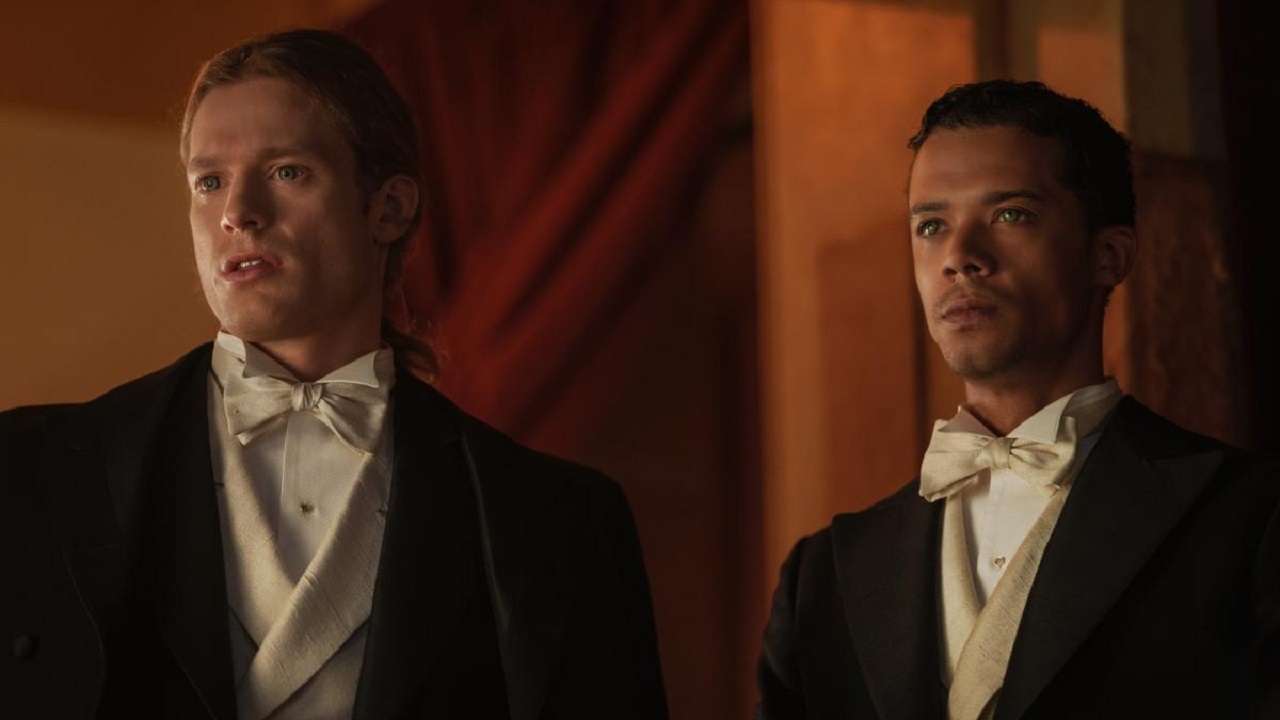
We have adaptation fever right now. FX’s "Shogun," based on a book by James Clavell published in 1975, came out earlier this year to rave reviews and is the frontrunner to win an Emmy. "Interview with a Vampire, which brings Anne Rice’s book to TV, will soon wrap its second season. On paper, the business case for adaptation makes sense.
“The most secure option for studios is always going to be something we call a 'pre-sold property', which means a film that has a built-in audience that one can all but guarantee will go and see the film," Dr. Matthew Jones of Montfort University told Cosmopolitan.
The same logic applies to TV shows. But any adaptation, even if it has a built-in fanbase, must grapple with a bigger question: How do you make it a good one?
“I don’t think there’s a universal answer to this,” writes Maggie Tokuda-Hall, co-host of the podcast "Failure to Adapt," in an email to Tom's Guide. She and co-host Red Scott dive into TV and movie adaptations of popular works like "Pride and Prejudice" and "Jurassic Park."
“Some TV shows thrive because they’ve got the room to get into as much detail as the books do, as in 'The Expanse.' Some TV shows suffer for the same reason.”
Great adaptations take a 'big swing'

Even though there isn’t one set formula on how to make a good adaptation, there is a pitfall that haunts them all. “The only thing that universally drives me crazy is when the adaptation seems completely unwilling to stray from the original text at all, even to the detriment of the piece,” she adds.
That willingness to step away from the original work and take a creative risk is what Tokuda-Hall and Scott call a “big swing.” The shows that have been in the zeitgeist recently all have their own versions of the big swing.
"Shogun" steps away from the original Clavell text in many ways. Justin Marks and Rachel Kondo center the Japanese characters, including the fictional Lord Toranaga (Hiroyuki Sanada) as he navigates his way into becoming shogun. By widening the scope of the story, the showrunners are able to play with viewer expectations.
“You think you know what kind of story you’re getting when it comes to the shape of these characters, and then we work to subvert that and to undermine that,” Marks told The Ringer.
Proving Tokuda-Hall’s point, Interview with a Vampire tackles adaptation in a different way to equally successful results. AMC+’s series pulls Louis de Pointe du Lac (Jacob Anderson) out of an 18th century plantation and into 1910s New Orleans. In this adaptation, he is a Black owner of a bordello, perpetually an outsider in more ways than one. The interview itself takes place 50 years after the one in the book; Louis and Daniel Malloy reconnect to revisit the interview they started all those years ago. “The show alters specifics of the novel’s storyline in ways that wind up working spectacularly well, and that will surprise fans of the book,” wrote Matthew Gilbert for The Boston Globe.

But how do writers go about taking the big swing? When I ask Daphne Olive, a writer on the Disney Plus show "Percy Jackson and the Olympians," she’s quick to reframe my question.
“I don't feel like, in my experience as a writer, that's exactly how writers… like that's not where we start,” she says. “We started the conversation with ‘What is the heart of the story?’”
The heart of the story, she explains, is the emotional truth at the center of any given narrative. If you nail that, you can take creative risks that still feel true to the original work.
For an example of that, look to "Black Sails." The story is a prequel and adaptation of Robert Louis Stevenson’s Treasure Island. Stevenson’s original text “is a storybook …so it is itself a constructed narrative,” Olive explains. (Olive co-hosted the Black Sails podcast Fathoms Deep when the show first aired.)
So is it any wonder that much of the story in "Black Sails" hinges on the importance of mythmaking and storytelling? Throughout the series, we see Captain Flint (Toby Stephens) and John Silver (Luke Arnold) use storytelling to sway the crew and to keep other crews afraid of them. The result is a show that spends just as much time on the characters’ inner lives as it does on its (very excellent) battle scenes.







